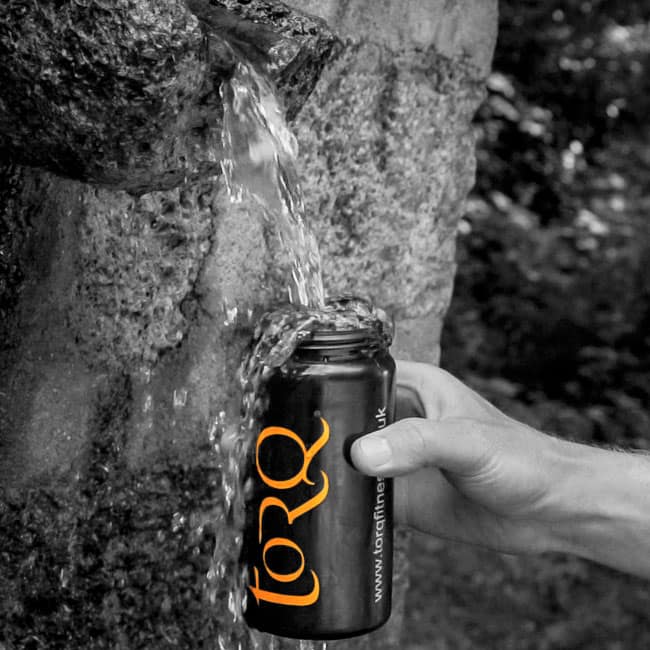Now there are two ways of looking at this. There’s what the text book says you should do and there’s what is practical and achievable for you personally and the two may be the same, or they could be very different.
There are a few nutrition fundamentals though, so let’s cover those. Firstly, anything you eat MUST be low in fat. Dietary fat is the enemy to the endurance athlete and as we’ve previously explained, just because you’re going to be burning lots of fat whilst you ride, it doesn’t mean you should be consuming it in your food! Secondly, for reasons also previously mentioned, you will need to consume carbohydrate to provide exogenous fuel. Protein is an interesting variable, because although in an ideal world you’d be getting 20-25 grams of protein every 4 hours or so, this amount of protein intake would have a detrimental effect on carbohydrate uptake and is highly likely to be converted to carbohydrate anyway (at an energy-cost to your body), because of the demand for fast-burning fuel. So, for the purposes of ultra-endurance racing, cut protein intake back to one 20-25 gram feed per 8 hours of racing (8 hours and 16 hours) with perhaps a smaller protein 15g feed at 4 hours, 12 hours and 20 hours. The TORQ Recovery Bar is perfect for this purpose.

For a 12-hour event, you could feasibly get by without consuming any protein, but this is where text book and reality arms wrestle a bit. We know of top level 24-hour athletes who have won races consuming 60-90 grams of carbohydrate per hour using TORQ Products and have literally fuelled by the book with minimal protein intake. We know of other athletes who just simply couldn’t tolerate such a rigid inflexible approach and needed to adapt their nutrition to fit in with a personal system they were capable of maintaining. If moving away from the text book optimum enables you to maintain concentration and positivity in such an extreme event, surely this would be better than persisting with the text book approach, being miserable and emptying the contents of your delicate stomach?
In practical and realistic terms, use the text book approach of 60-90 grams of carbohydrate per hour via 2:1 sources as the ‘holy grail’ and then produce a nutritional plan punctuating the period of the race with sensible alterations. Remember that all of these alterations are ‘low fat’ alterations, so if you’re going to insert a savoury protein snack into your plan, don’t go for cheese or peanut butter, because they are high fat protein sources. Go for lean ham, or a bacon sandwich with the fat cut off. No butter on the bread – tomato ketchup is fine with the bacon, or you could use sweet pickle or mustard instead of butter with the ham sandwich. A recovery drink contains protein and carbs and will offer a nice texture change, so consider downing one of these in the pits and then taking a bottle of plain water out on the next lap whilst it digests. Anticipate what you’re likely to be craving, but follow the rules and don’t make any fundamental mistakes.

Be wary of the people who claim to be experienced 24-hour racers who say ‘I just do the whole thing on cheese and black coffee and it works for me’. If they win on cheese and black coffee, perhaps they’ve got a point, but participating and consuming cheese and black coffee is a very different thing to competing. ‘It works for me’ is meaningless unless you can get them to define what ‘works for me’ means? There are all sorts of ‘works for me’ fads out there which might get them around, but if they prepared and actually got their nutrition fundamentally correct, they’d do a whole lot better guaranteed. You will also have people suggest that you should be eating ‘real food’. The problem is that ‘real food’ is entirely subjective and if you don’t pay enough attention, you could slip into the cheese and black coffee trap. It has been scientifically proven that real food isn’t the optimal way to fuel, but an extreme event like 24-hour racing does warrant some special psychological consideration. In the previous paragraph you were given some perfectly respectable ‘real food’ choices, so schedule these in to your race plan, but don’t have any real food available in the pits to use as an emotional crutch – replace it with a food that will satisfy the savoury craving you might have, but fits the ‘rules’.
There’s another golden rule. Sometimes you just over-consume on calories or you get the fluid/carb balance wrong – it just happens and you’ll feel pretty unwell! Perhaps your perspiration rates were higher than expected and you took a gel when you should have necked another 500ml bottle of energy drink instead? Whatever the reason, there’s a fix and it’s called ‘plain water’. No gels, no bars, no lean bacon sandwiches and no energy drinks, just plain water. Stay on the plain water until you start to feel better and wait until you suddenly become ravenously hungry – at this point, you can resume your fuelling and carry on as if nothing happened.

Once again, please take the time to look at the TORQ Fuelling System in more detail, understand it and implement it into some of your longer training rides. Make adjustments if necessary and formulate a clear nutritional plan and stick to it. You may have to deviate onto plain water one or two times during the event, but essentially the plan is there, you’ve practiced and you know it works. In the next section of this resource, we talk about Mark’s nutritional plan and it will give you really good insight into the kind of approach you should be taking.





